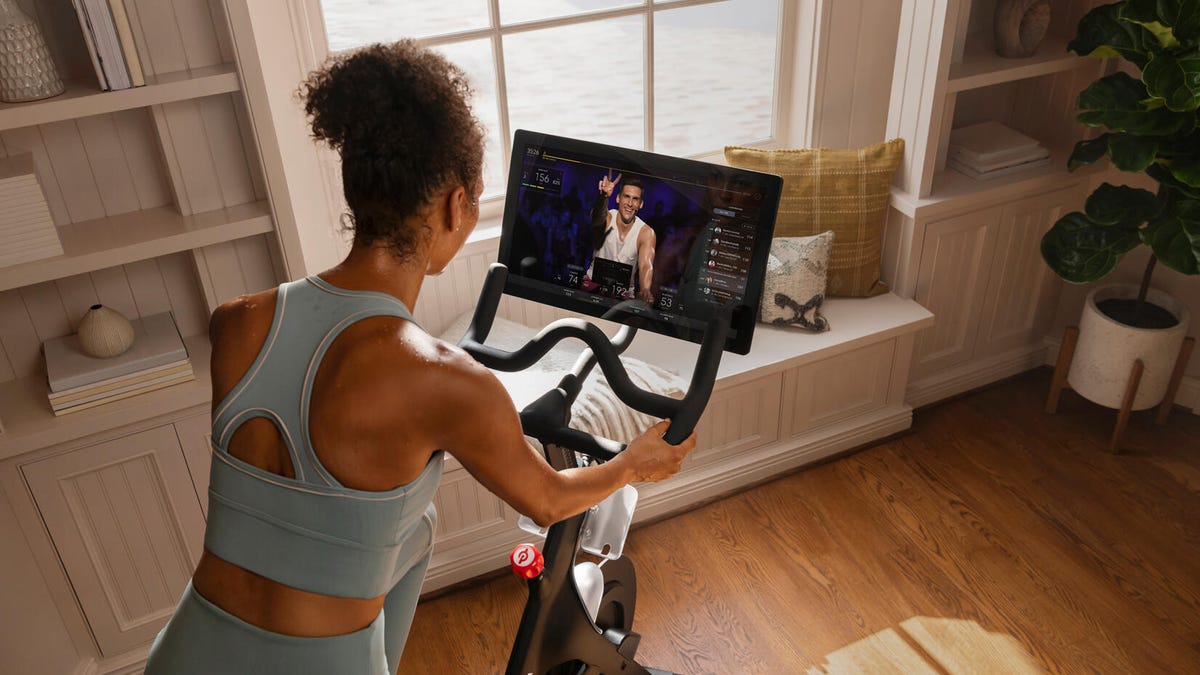Peloton is reportedly working on a new heart-rate armband
Peloton's app code revealed the company's venture into the wearables market, according to a report by Bloomberg.

Exercise bike giant Peloton is developing a digital heart-rate armband, taking a step into the increasingly popular wearables and fitness-tracking market, Bloomberg reported Tuesday.
According to information Bloomberg found by analyzing the code of Peloton's iPhone and iPad app, the device will come in different sizes and will connect by Bluetooth to Peloton's bikes, treadmills and other devices running the company's app. It will also have a small screen that displays battery level and pairing mode, the report said.
Like other fitness wearables, the band will reportedly offer users data on their heart rate as well as workout intensity and performance, offering a potential rival to the Fitbit and Apple Watch. Fitbit's and Apple's smartwatches also track things such as sleep, steps taken and more.
"Track the intensity of your workouts from Zone 1 (lowest effort) to Zone 5 (maximum capacity)," the code for the heart-rate armband says, per Bloomberg's report. "Using the adjustable strap, wear the Peloton Heart Rate Monitor snug on your forearm to accurately monitor your effort during workouts."
The report also mentioned that Peloton's recent acquisition of Atlas Wearables was an earlier hint that the company, famous for its large and stationary bikes, may enter the wearables market. Peloton already sells a heart-rate monitor that straps to the chest.
Peloton didn't immediately respond to CNET's request for comment.

